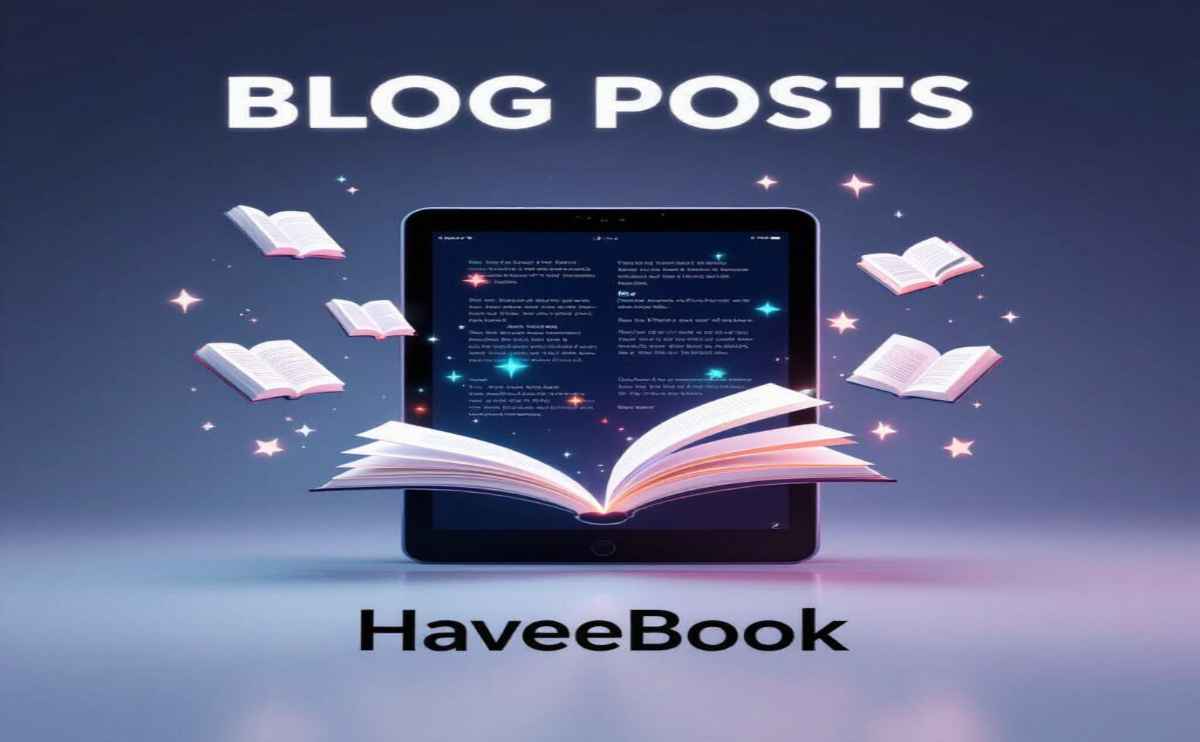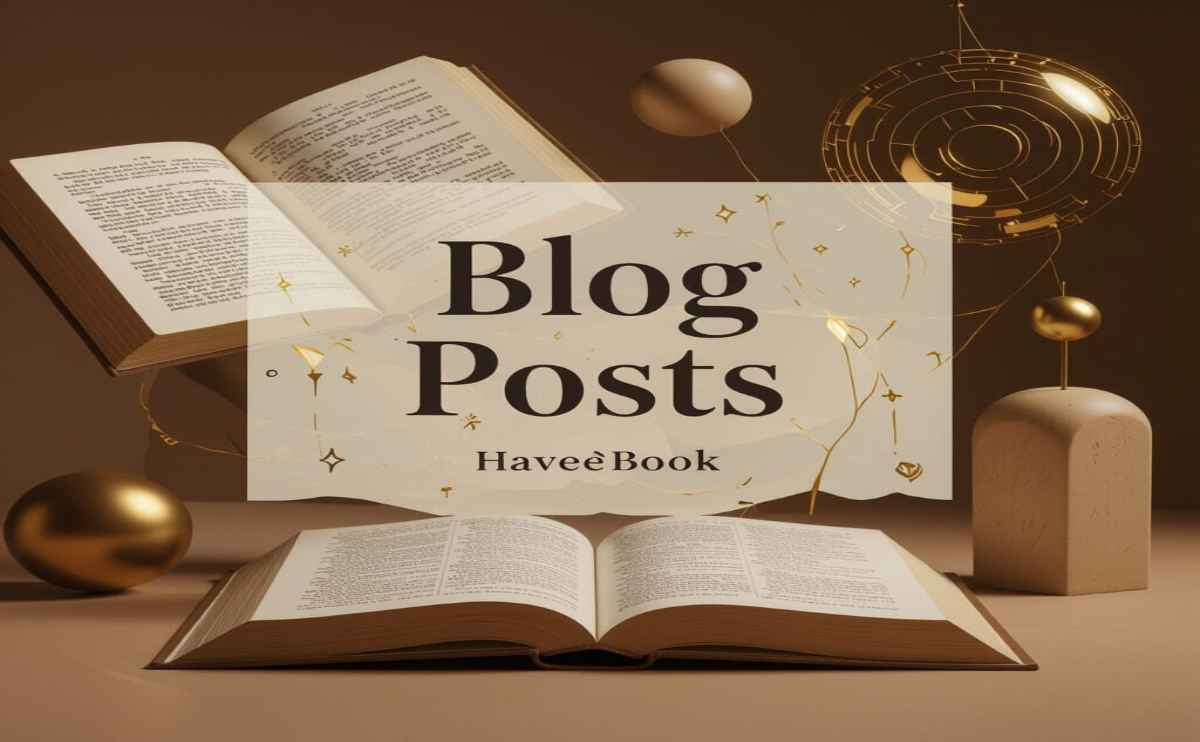In the 24-hour news cycle, a glut of crisis narratives keeps us on edge. How can we avoid cognitive burnout while getting the news we need?
By Elizabeth Svoboda
In February of 2020, as a mysterious zoonotic virus winged its way across the planet, I resolved to do whatever I could to stay on top of pandemic reports. I created a coronavirus browser folder, filled it with trusted news links, and checked it multiple times a day. But as the pandemic’s finish line receded into the future, my optimism flagged and my resolve to stay informed dwindled. Soon I felt like a panic-saturated sponge, incapable of absorbing any more bad news. I descended into the numbness so many of us have experienced, but the alerts kept coming.
When alarm signals bombard us from every direction, our concentration and judgment both take a nosedive. According to research at hospitals, where health care workers face a constant barrage of alerts, an endless blare of warning signals can cause people to overlook important cues. Brain activity studies also show that alarm overload can sap our cognitive focus and ability to handle tasks. There’s a clear connection between this kind of alarm fatigue and the cognitive overload that follows an onslaught of bad news. Like health care providers frazzled by perpetual alerts, we often inhabit a mental space in which danger signs never seem to abate.
Absorbing a barrage of crisis content leaves people “exhausted,” says Cherie Armour, who studies stress and adversity at Queen’s University Belfast in Northern Ireland. “You’re probably feeling less energy—you’re just done. People get to that stage, and then they completely disengage.”
Not only can unrelenting crisis story lines take a toll on our mental health, but we sometimes grow numb to them. That numbness can potentially make it harder for us to distinguish between true crises and trumped-up ones. But setting strict news consumption limits and opening up real-world dialogues, experts say, can help buffer some of the worst effects of crisis fatigue.
Some of the best insight comes from hospitals, where workers suffer literal alarm fatigue.
Nurse-scientist Michele Pelter has faced an assault of alerts for decades. At the University of California, San Francisco (UCSF) Medical Center, where she does her research, a cacophony of beeps dominates the soundscape, most potentially signaling something wrong with a patient. The lowest-level alerts are flashing lights next to patients’ beds. “Advisory” alerts, one level up, are intermittent single beeps. “Warnings” are spaced-out double beeps, and “crisis” alerts, the highest level, are strings of piercing beep-beep-beeps that don’t stop until a nurse actively silences them. In a typical critical care ward, one study reports, anywhere from 150 to 400 of these alarms may sound on every patient every day. Approximately 90 percent of them are “nuisance” alarms that are either false or clinically irrelevant.
Amid this sensory chaos, it’s tough to imagine how a nurse could manage all the alerts from just one patient, let alone the five or more patients they attend to in some wards. There are so many false alarms, Pelter says, “that people will just hit ‘OK, OK, OK,’ and those alerts just get lost.” About 8 in 10 clinicians, in fact, report having disabled an alarm at least once.
While conducting her research, Pelter watched nurses press alarm-silencing buttons over and over. When she asked what alarm they’d just silenced, they would say, “I don’t remember.” The nurses’ minds were so used to the alarms’ cry-wolf clangor that they barely registered what they’d just done. Though this adaptation might seem to work for a while, it can have deadly results.
In March 2012 in Pennsylvania, a nurse dosed 17-year-old Mariah Edwards with the powerful opioid fentanyl after a routine tonsillectomy. Soon after the drug hit Edwards’s system, she went into respiratory distress. No one responded. By the time a nurse finally reached her, Edwards had suffered severe brain injury due to a lack of oxygen; a couple of weeks later, she died. Afterward, investigators found someone had muted Edwards’s respiratory monitor, which was supposed to sound if there was a problem.
Designing more human-friendly alarm systems, Pelter says, could begin with setting higher alert thresholds to protect providers’ brains from becoming overwhelmed or habituated. For instance, current heart-rhythm tracking devices sound an alarm after just six abnormal heartbeats, but these six-beat sequences rarely signify something is truly wrong. Now Pelter and her team are testing alarm systems that sound only after 30 abnormal beats. Colleagues of Pelter are working on a more nuanced machine they call a SuperAlarm, which would sound an alarm only when a combination of troubling signals from hospital monitors and lab tests in the patient’s electronic health record met a threshold that predicted a deadly “code blue” event. Pelter hopes reducing the sheer number of alerts in the soundscape will help providers focus on the remaining alarms and respond more thoughtfully.
While alarm fatigue is an overt sensory challenge in health care, we’re all prone to impaired judgment when up against the brain’s normal processing limits. In one study, researchers at Brigham Young University exposed subjects to dozens of security warnings on their digital screens over a five-day period and scanned their brains with functional MRI once a day. It was hardly a surprise, but the right and left insula regions of subjects’ brains, centers of attention, displayed decreasing levels of activation as the study progressed. The muted response showed that participants’ brains were habituating to the warnings, directing less focused attention to them over time. This may happen, Armour says, because the brain adapts to constant alarms by setting the bar for response higher. In the same fashion, we adapt to certain mind-altering drugs by requiring a greater quantity to produce the desired effect.
Something similar likely happens when we have news notifications turned on. Because our phones are buzzing more or less constantly, we start to gloss over each distressing headline as it comes in. Over time, a constant state of distress becomes unsustainable, so the brain downgrades the apparent risk—a kind of distancing that could be dangerous in a true crisis.
Processing never-ending alarms can also hamper the brain’s ability to perform other tasks. Researchers at Japan’s Osaka University had 15 adults use a computer flight simulator to attempt flying a plane through racecourse gates. While flying, they also had to press a joystick button whenever they heard or saw an alarm. The researchers observed that when participants missed an alarm, they had greater activity in the brain’s right inferior frontal gyrus and the superior medial frontal cortex. Because activity in these regions was also present when they demonstrated poor flying performance, the results suggested an attentional bottleneck. With so many demands on their attention, the subjects’ brains reached their cognitive limits.
In a news-consumption context, that kind of cognitive overload can mean we chew through 12 alarming stories between work meetings but barely digest any of what we’re reading. It can also leave us more vulnerable to misinformation, Pelter observes. We can “get sloppy and say, ‘Oh, OK, somebody published this; this must be true. I’m not going to do the work to figure out if it is true or false.’ ”
Immersion in a sea of crisis narratives ultimately takes a toll on our well-being, reports psychologist Alison Holman of the University of California, Irvine. In a survey study of media consumption habits after the 9/11 attacks, Holman and colleagues found that when people watched more than one hour per day of TV news related to the attacks, they had more post-traumatic stress symptoms up to three years later than did those who watched less.
Fortunately, this state of constant overstimulation isn’t inevitable, even in the age of the 24/7, social media–amplified news cycle. As researchers test strategies to reduce hospital alarm fatigue, their findings suggest new ways to address broader, news-driven crisis fatigue. Reducing the number of alarms that invade people’s mental space, as Pelter and her team are trying to do, is a promising tactic.
In an ideal world, alarm reduction would start with news producers. Newsrooms would set policies that nix needlessly inflammatory headlines. They would spend more time reporting stories with public service potential and less time on minor scandals. But since media companies’ profit motives drive them to bang the crisis drum hard—in the absence of overload, viewers generally tend to pay more attention to negative news—the onus will remain on consumers to do much of the filtering themselves.
You can raise your own alarm threshold with a three-pronged strategy.
First, carefully curate the news you consume, making sure it’s from trusted outlets that vet the accuracy of their content. “Make sure that you go and check bona fide sources,” Armour says. “A lot of information is not correct,” and that incorrect information can set off false alarms in your brain, aggravating your crisis fatigue and blunting your judgment.
This isn’t always easy; there’s lots of false information on sites like YouTube and TikTok, but experts share valuable information on these platforms as well. If you’re in doubt about whether a particular source passes muster, check to make sure that it has a transparent means of correcting errors; that it clearly indicates the source of facts it provides (citing journal articles or named officials, for instance); and, if it’s a traditional news outlet, that it distinguishes between straight news and opinion pieces. Trustworthy news sources will also be up front about how they update their content as a developing story unfolds. And be wary of supposed experts with a product to sell on social media.
Second, limit your total daily media use to reduce the number of crisis narratives on your mental radar. “If you want to stay on top of what’s going on in the news, do so in very deliberate, brief periods,” such as 15 to 30 minutes at a time, Holman says. “Then shut it off. Don’t look at it again.” Other ways to curtail your media use include turning off notifications on your phone, unfollowing influencers who draw eyeballs by stoking fear, and deleting the apps that leave your brain in a jangled state. (I’ve removed Facebook from my own phone because it’s a prime offender here—its algorithms have proved to boost divisive and anger-generating content.)
Finally, extricate your mind from its bad-news bubble by seeking out meaningful connection with people close to you who can provide a sounding board as you try to separate overblown crisis story lines from those that truly merit your concern. At the same time, since misinformation can spread easily through social ties, you should subject any story a friend passes along to the reputable-news test.
All this adds up to reducing the number of alarms vying for your mental space and signal-boosting the ones worthy of attention. When you curtail the amount of crisis news coming through, Armour says, you’ll be better equipped to process what you encounter and make meaning from it. Addressing the true crises we all face will require freeing up mental bandwidth so we can filter the critical signals from all the beeping, blinking, stultifying noise.














